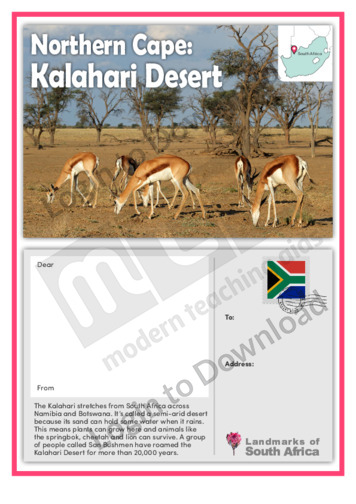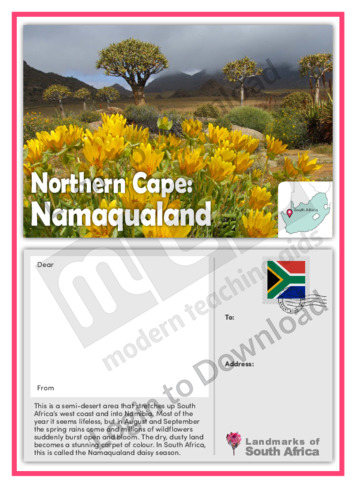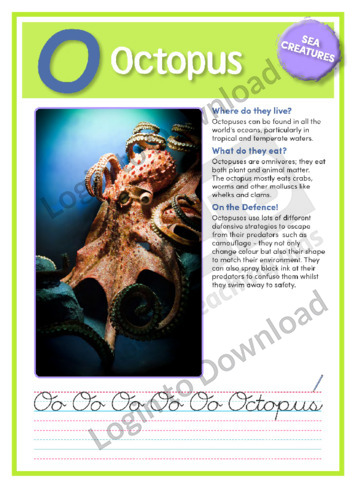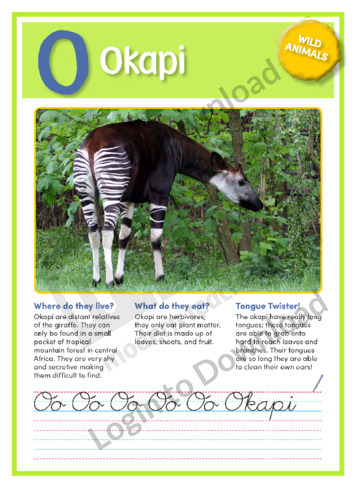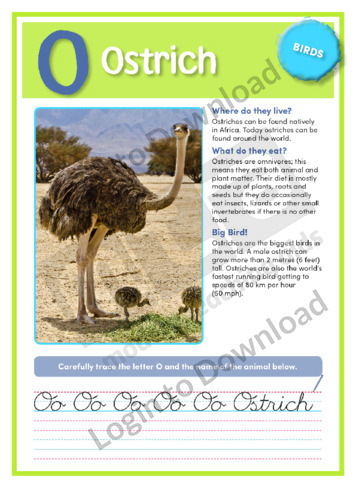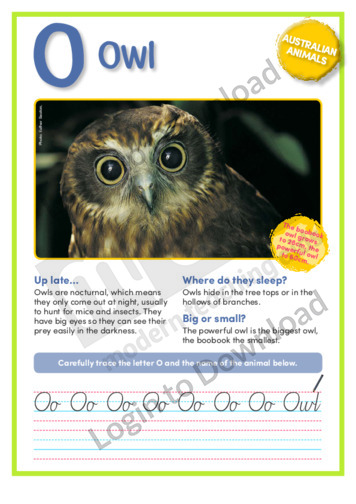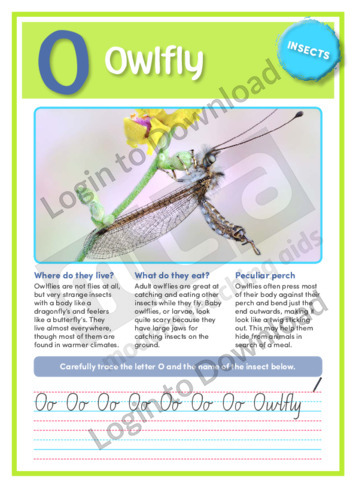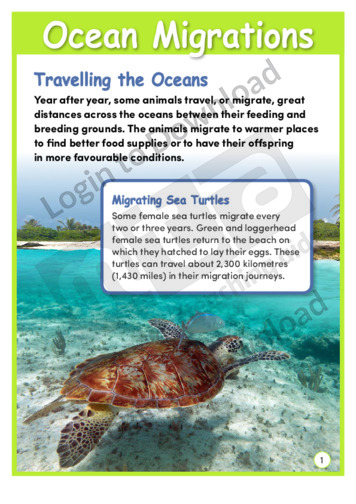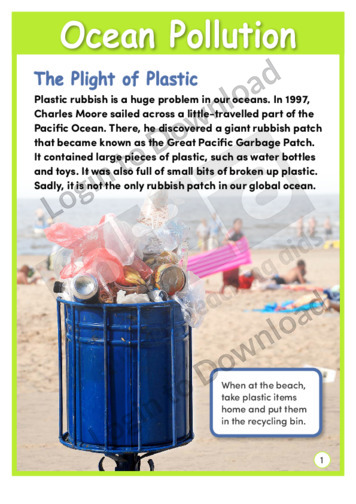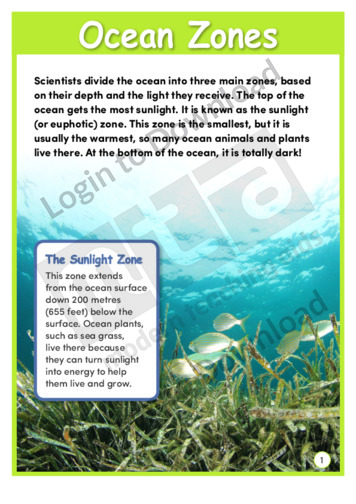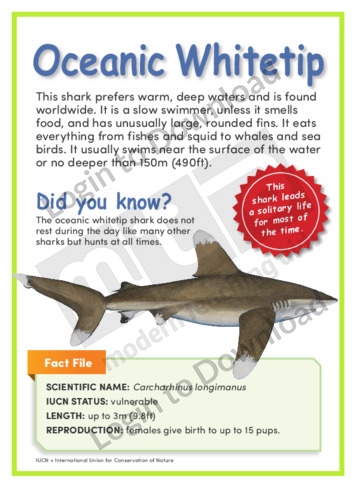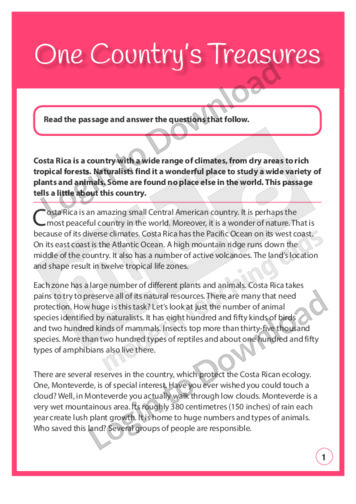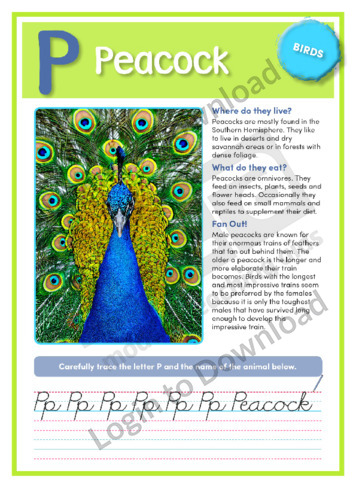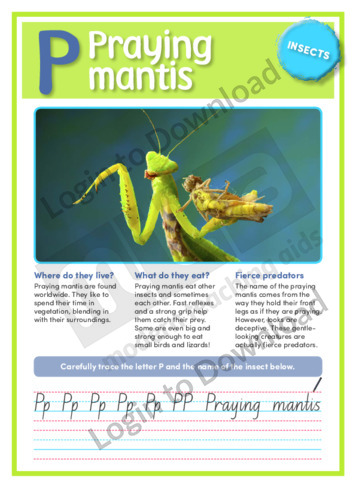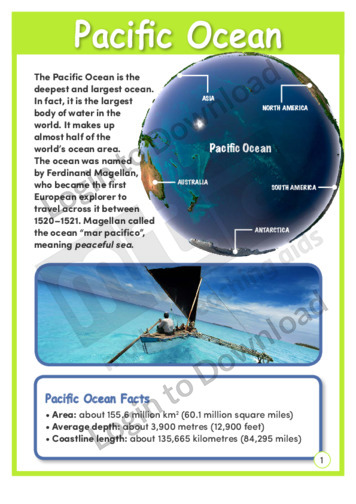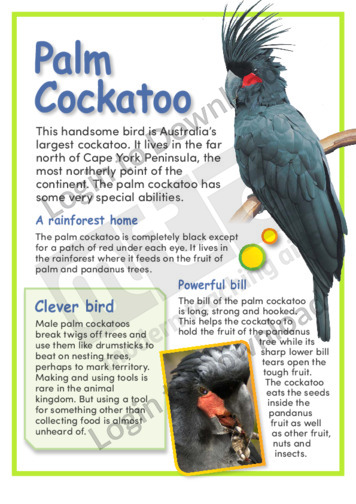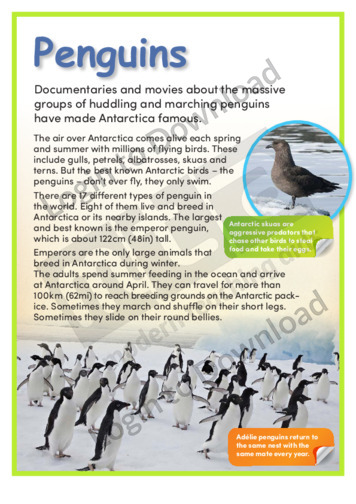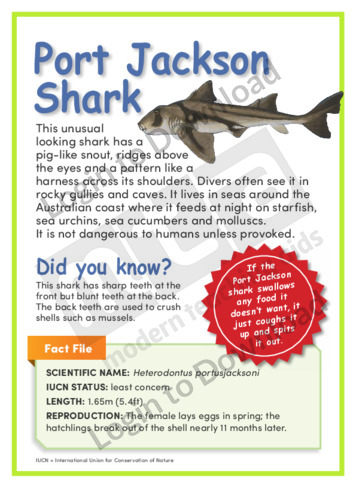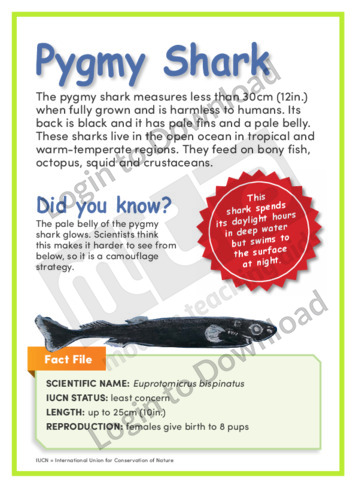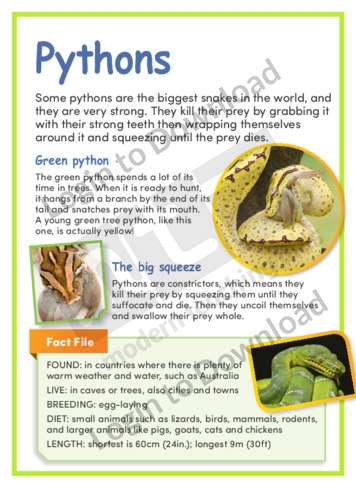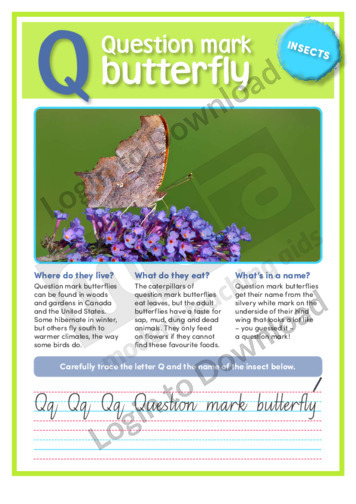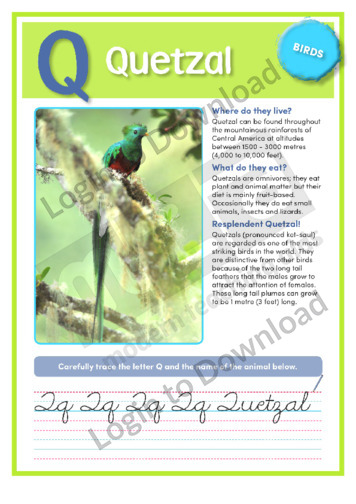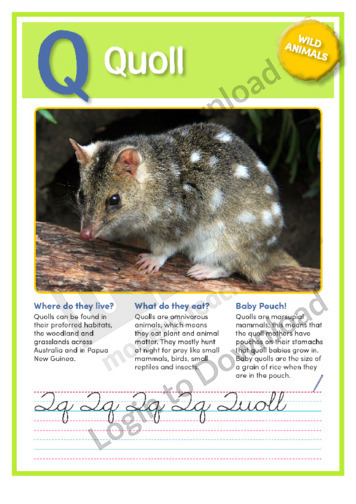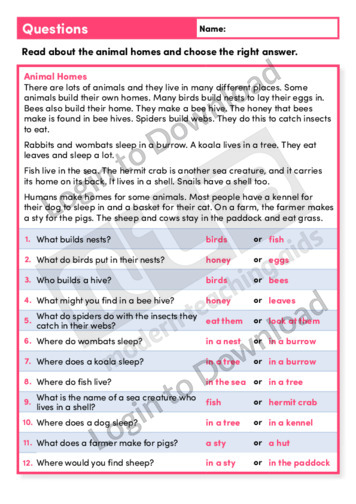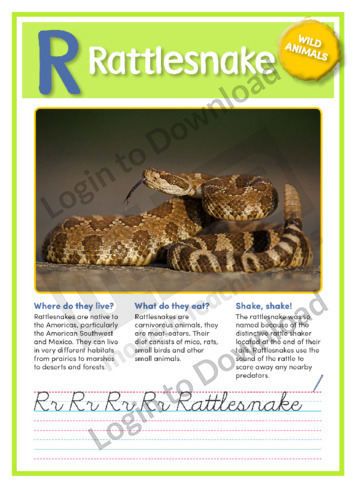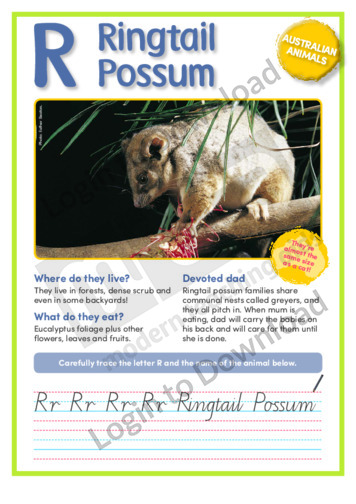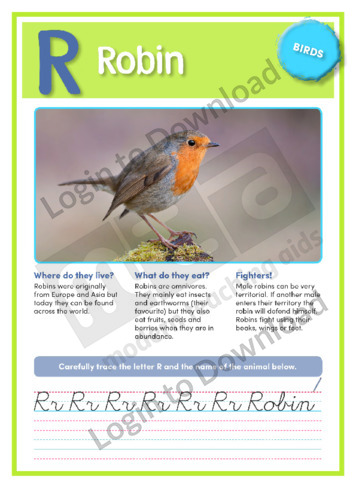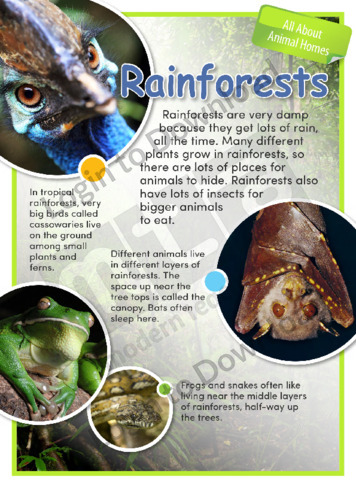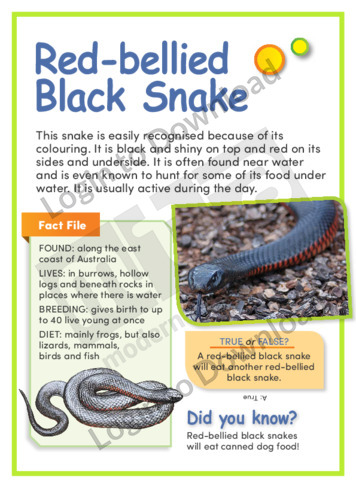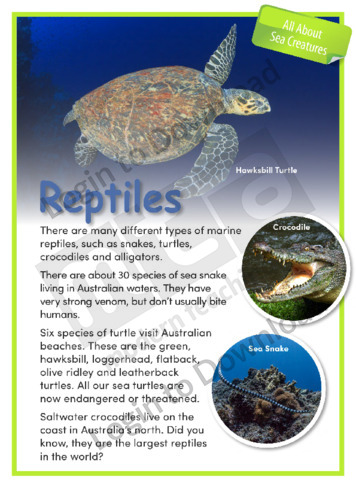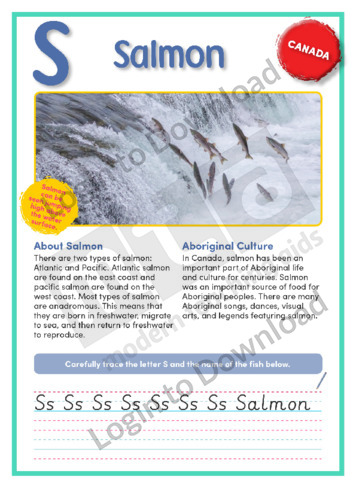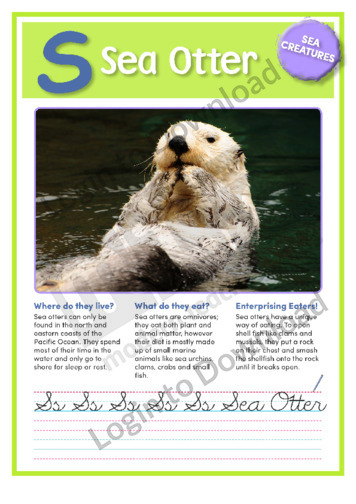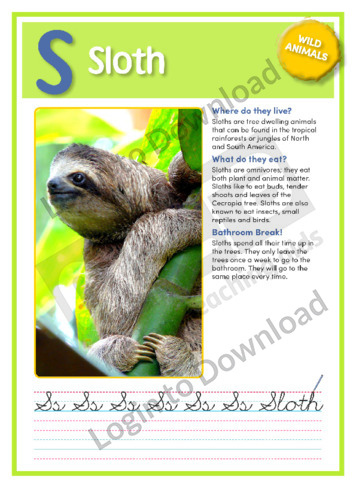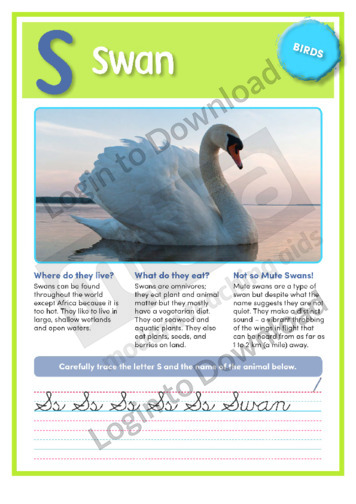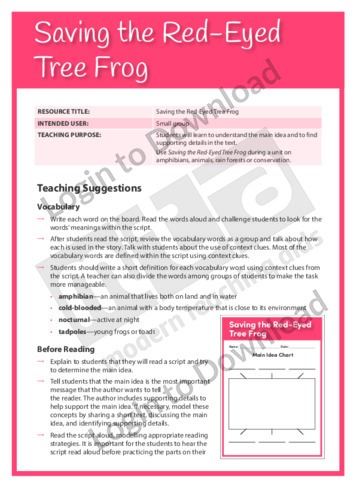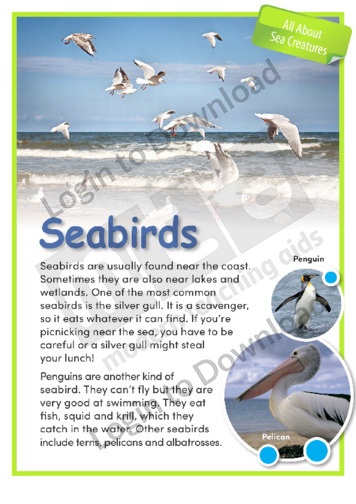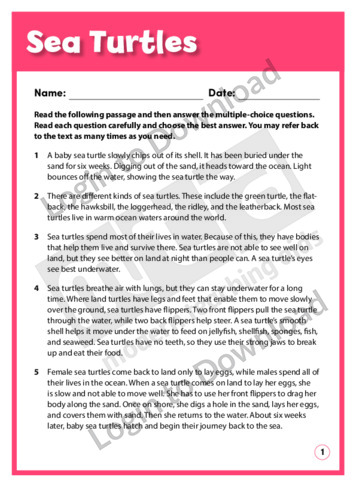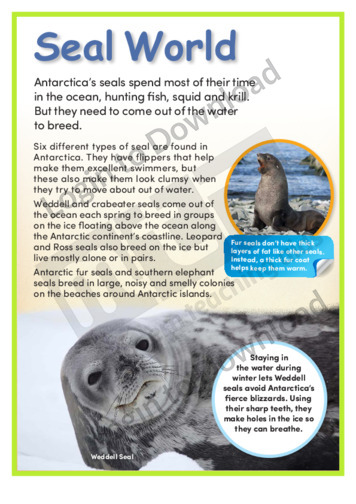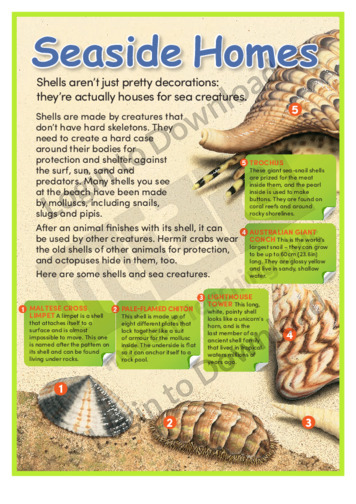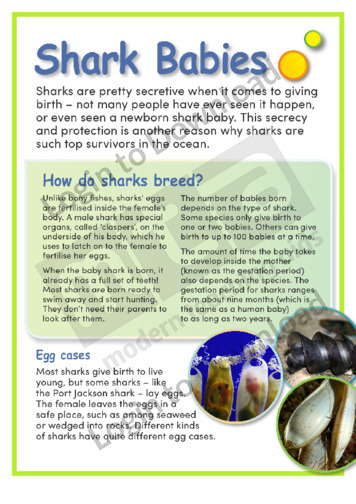This postcard ‘Northern Cape: Kalahari Desert’ features important factual background information on this semi-arid desert that stretches from South Africa to Namibia and Botswana. The postcard template encourages students to research the location in order to write creatively about it as though recounting a visit. It is aimed at broadening students’ awareness of the environmental, …More
This postcard ‘Northern Cape: Namaqualand’ features important factual background information on this semi-arid area that bursts to life when the Spring rains fall. The postcard template encourages students to research the location in order to write creatively about it as though recounting a visit. It is aimed at broadening students’ awareness of the environmental, cultural …More
This short nonfiction text, ‘O: Octopus’ provides factual information about the Octopus, exploring where they live, what they eat and other interesting facts.
This short nonfiction text, ‘O: Okapi’ provides factual information about the Okapi, exploring where they live, what they eat and other interesting facts.
This short nonfiction text, ‘O: Ostrich’ provides factual information about the Ostrich, exploring where they live, what they eat and other interesting facts.
This short nonfiction text, ‘O: Owl’ provides factual information about the Australian animal the Owl.
This short nonfiction text, ‘O: Owlfly’ provides factual information about the Owlfly, exploring where they live, what they eat and other interesting facts. The resource also provides a photo of the insect and guided handwriting practice that can be used to supplement the informational text.
This science article, ‘Ocean Migration’ features animals that migrate across our vast oceans. It provides factual information about why they migrate and how far they travel. It is aimed at broadening students’ scientific and geographical awareness in an engaging manner.
This science article, ‘Ocean Pollution’ features the plight of plastic in our oceans. It provides factual information about the harm plastic can cause marine life. It is aimed at broadening students’ scientific and geographical awareness in an engaging manner.
This science article, ‘Ocean Zones’ features the three different zones of the ocean. It provides factual information about the sunlight, twilight and midnight zones. It is aimed at broadening students’ scientific and geographical awareness in an engaging manner.
This article, ‘Oceanic Whitetip’, provides information about the physical characteristics, behaviour, habitat, diet and life cycle of this shark. A quick reference fact file includes scientific name and IUCN status. The text is accompanied by a large illustration of the shark.
This article, ‘On the Billabong’, describes creatures that live on tropical billabongs. It includes illustrations of these creatures and encourages students to match the name of the creature with the illustration.
This Reading Comprehension worksheet, ‘One Country’s Treasures’, features an informational text about Costa Rica’s natural environment and protected areas such as the Children’s Eternal Rainforest. It encourages students to use a variety of strategies to interpret the text and includes questions about fact/opinion, cause and effect, validity, detail, vocabulary, reasoning, making an inference, comparison/contrast, and …More
This short nonfiction text, ‘P: Peacock’ provides factual information about the Peacock, exploring where they live, what they eat and other interesting facts.
This short nonfiction text, ‘P: Platypus’ provides factual information about the Australian animal the Platypus.
This short nonfiction text, ‘P: Porcupine’ provides factual information about the Porcupine, exploring where they live, what they eat and other interesting facts.
This short nonfiction text, ‘P: Praying mantis’ provides factual information about the Praying mantis, exploring where they live, what they eat and other interesting facts. The resource also provides a photo of the insect and guided handwriting practice that can be used to supplement the informational text.
This short nonfiction text, ‘P: Puffer Fish’ provides factual information about the Puffer Fish, exploring where they live, what they eat and other interesting facts.
This science article, ‘Pacific Ocean’ features different aspects of the Pacific Ocean. It provides factual information about islands in the Pacific, the Pacific’s Ring of Fire and the deepest part of the Pacific Ocean. It is aimed at broadening students’ scientific and geographical awareness in an engaging manner.
This article, ‘Palm Cockatoo’ provides information about the physical characteristics, habits, habitat, diet and some special abilities of the palm cockatoo. It also introduces students to various terms relating to the palm cockatoo’s physical features and its food. The text is supported by colourful and engaging photographs.
This article, ‘Penguins’, describes the penguins that live in Antarctica. It provides factual information about these penguins and includes colourful and engaging photographs.
This article, ‘All About Sea Creatures: Plants’, describes different kinds of aquatic plants. It provides factual information and features colourful and engaging photographs.
This article, ‘Platypus’, provides information about the physical characteristics, habits, habitat and life cycle of the platypus. It also introduces students to various terms relating to the platypus’s physical features. The text is supported by colourful and engaging photographs and illustrations.
This article, ‘Port Jackson Shark’, provides information about the physical characteristics, behaviour, habitat, diet and life cycle of this shark. A quick reference fact file includes scientific name and IUCN status. The text is accompanied by a large illustration of the shark.
This article, ‘Prehistoric Creatures’ provides information about two species of crocodiles including their physical characteristics, habits, habitat, hunting methods and special abilities. It also introduces students to various terms relating to the crocodiles’ physical features and habitat. The text is supported by colourful and engaging photographs.
This article, ‘Pygmy Shark’, provides information about the physical characteristics, behaviour, habitat, diet and life cycle of this shark. A quick reference fact file includes scientific name and IUCN status. The text is accompanied by a large illustration of the shark.
This article, ‘Pythons’ provides information about the two species of python as well as general information about pythons’ physical characteristics, habits, habitat and life cycle. It also introduces students to various terms relating to pythons’ hunting habits. The text, includes a brief ‘fact file’ of statistics and is supported by several photographs.
This short nonfiction text, ‘Q: Quahog’ provides factual information about the Quahog, exploring where they live, what they eat and other interesting facts.
This short nonfiction text, ‘Q: Question mark butterfly’ provides factual information about the Question mark butterfly, exploring where they live, what they eat and other interesting facts. The resource also provides a photo of the insect and guided handwriting practice that can be used to supplement the informational text.
This short nonfiction text, ‘Q: Quetzal’ provides factual information about the Quetzal, exploring where they live, what they eat and other interesting facts.
This short nonfiction text, ‘Q: Quokka’ provides factual information about the Australian animal the Quokka.
This short nonfiction text, ‘Q: Quoll’ provides factual information about the Quoll, exploring where they live, what they eat and other interesting facts.
This reading activity, ‘Questions’ provides opportunities for practice with reading about animals and their homes, then answering comprehension questions.
This short nonfiction text, ‘R: Rainbow Fish’ provides factual information about the Rainbow Fish, exploring where they live, what they eat and other interesting facts.
This short nonfiction text, ‘R: Rattlesnake’ provides factual information about the Rattlesnake, exploring where they live, what they eat and other interesting facts.
This short nonfiction text, ‘R: Rhinoceros beetle’ provides factual information about the Rhinoceros beetle, exploring where they live, what they eat and other interesting facts. The resource also provides a photo of the insect and guided handwriting practice that can be used to supplement the informational text.
This short nonfiction text, ‘R: Ringtail Possum’ provides factual information about the Australian animal the Ringtail Possum.
This short nonfiction text, ‘R: Robin’ provides factual information about the Robin, exploring where they live, what they eat and other interesting facts.
This article, ‘All About Animal Homes: Rainforests’, describes different animals that live in rainforests. It provides factual information about these animals and includes colourful and engaging photographs.
This article, ‘Red-bellied Black Snake’ provides information about the identifying features and other physical characteristics of the red-bellied black snake as well as its adaptability and its habits, habitat and diet. It also introduces students to various terms relating to the snake’s features. The text includes a brief ‘fact file’ of statistics and is supported …More
This article, ‘Redback Spider’, provides information about this spider’s habitat, life cycle, diet and behaviour. It includes a detailed Fact File of statistics and also displays full-colour close-up photographs of the spider. A quick-reference list provides advice for first-aid in case of a bite.
This article, ‘All About Sea Creatures: Reptiles’, describes marine reptiles. It provides factual information and features colourful and engaging photographs.
This kids news activity, ‘Rhinos Being Poached For Horns’ is about wild rhinos in South Africa and efforts to stop them being killed by poachers.
This science article, ‘Rock Formations’ features the rocky formations that ocean waves can erode and create. It provides factual information about sea caves, sea arches and sea stacks. It is aimed at broadening students’ scientific and geographical awareness in an engaging manner.
This geography article, ‘Salmon’, features factual information about salmon. It is aimed at broadening students’ cultural, geographical, and historical awareness in an engaging manner.
This short nonfiction text, ‘S: Sea Otter’ provides factual information about the Sea Otter, exploring where they live, what they eat and other interesting facts.
This short nonfiction text, ‘S: Sloth’ provides factual information about the Sloth, exploring where they live, what they eat and other interesting facts.
This short nonfiction text, ‘S: Stick insect’ provides factual information about the Stick insect, exploring where they live, what they eat and other interesting facts. The resource also provides a photo of the insect and guided handwriting practice that can be used to supplement the informational text.
This short nonfiction text, ‘S: Sugar Glider’ provides factual information about the Australian animal the Sugar Glider.
This short nonfiction text, ‘S: Swan’ provides factual information about the Swan, exploring where they live, what they eat and other interesting facts.
This article, ‘Satin Bowerbird’ provides information about the physical characteristics, habitat, habits and special abilities of the satin bowerbird. It also introduces students to various terms relating to the satin bowerbird’s special abilities. The text is supported by colourful and engaging photographs.
This Readers Theatre activity, ‘ Saving the Red-Eyed Tree Frog’ encourages students understanding the main idea and to find supporting details in the text. It also builds reading fluency. This activity includes a script for 5 readers.
This article, ‘Scary Lizards’ provides information about two species of Australian lizards including their physical characteristics, habitats and defence habits. It also introduces students to various terms relating to the lizards’ physical features and habitat. The text is supported by colourful and engaging photographs.
This article, ‘All About Sea Creatures: Sea Birds’, describes sea birds. It provides factual information and features colourful and engaging photographs.
The learning activity, ‘Sea Shelters’ shows a variety of sea creatures and some of the places they might live. By using the equations on each creature and the sums on the various homes, students find out where each creature lives. Students can use different methods to find the right places, apart from carrying out each …More
This article, ‘Sea Turtles’ describes the habitat, features and behaviour of turtles that live in the sea. It provides opportunities for students to practise vocabulary and comprehension skills. Answer sheet provided with file download.
This article, ‘Sea-Snakes’ provides information about the physical characteristics, habits, and diet of seven species of sea-snakes. It also introduces students to various terms relating to snakes that live in water. The text is supported by a large illustration that shows all species described.
This article, ‘Seal World’, describes the seals that live in Antarctica. It provides factual information about these seals and includes colourful and engaging photographs.
This article, ‘Seaside Homes’, profiles different sea creatures that live in shells. It provides factual information about these creatures and features colourful and engaging illustrations.
This article, ‘Shark Babies’, provides information about sharks’ breeding and egg-laying habits, live births, the number of pups born and threats to young. It includes full-colour photographs of various egg cases and different shark species.
It�s that easy!

